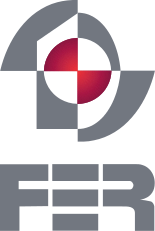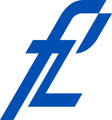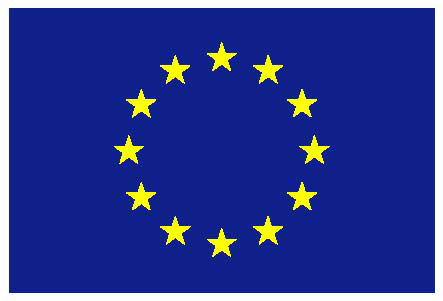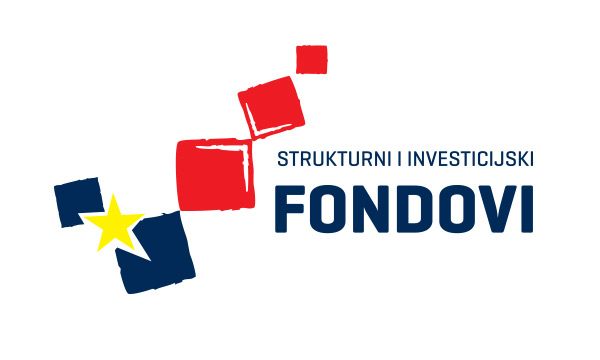Abstract
Development of computing power and cheap video cameras enabled today's traffic management systems to include more cameras and computer vision applications for transportation system monitoring and control. Combined with image processing algorithms cameras are used as sensors to measure road traffic parameters like flow, origin-destination matrices, classify vehicles, etc. Typical commercial computer vision based traffic monitoring systems use one camera per lane to ensure accurate and robust traffic parameters measurement. This presents a drawback since many cameras are needed for roads with multiple lanes making such systems expensive. In this presentation main accent will be on methods that allow real-time multiple vehicle detection and tracking on multiple lanes using one camera only. Vehicle detection is based on separating foreground (dynamic) and background (static) segments in an image. Background model is determined comparing a large number of preprocessed images with a background image and updating it accordingly. All dynamic pixels in an image are grouped into clusters by checking their vicinity with other dynamic pixels. Tracking algorithm computes a weight factor for each cluster based on a cluster area, cluster overlapping area and distance between multiple clusters. Several past vehicle poses and pose changes are used to enhance the vehicle trajectory estimation. To ensure real-time capabilities, image processing algorithm computation distribution between CPU and GPU is applied. The CPU executes parts related to pixel clustering and object tracking while GPU executes parts that can be parallelized for computation (image preprocessing, creation of a background model, moving object detection). Described system is tested using real traffic video footage obtained from Croatian highways.
CV
Kristian Kovačić was born on 16th January 1986 in Zagreb, Croatia. He received his bachelor and master degree from University of Zagreb, Faculty of Transport and Traffic Sciences (UNIZG FTTS) in 2011 and 2013, respectively. During his education he showed particular interest in programming, image processing and 3D graphics applications. Currently he is employed at the Department of intelligent transport systems UNIZGFTTS as a research engineer on the project VISTA. His research interests are related to application of computer vision in transport and traffic sciences, particularly vehicle detection and tracking, origindestination matrix estimation using license plate recognition and measurement of traffic parameters.







